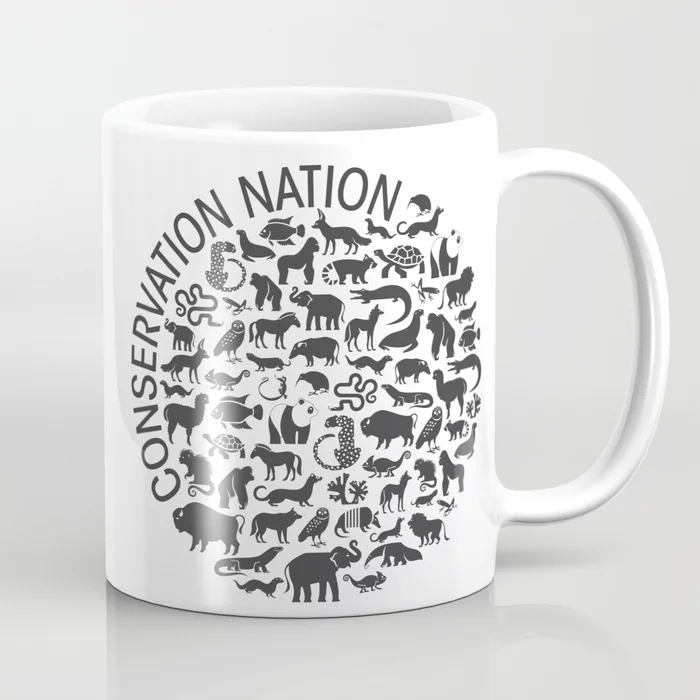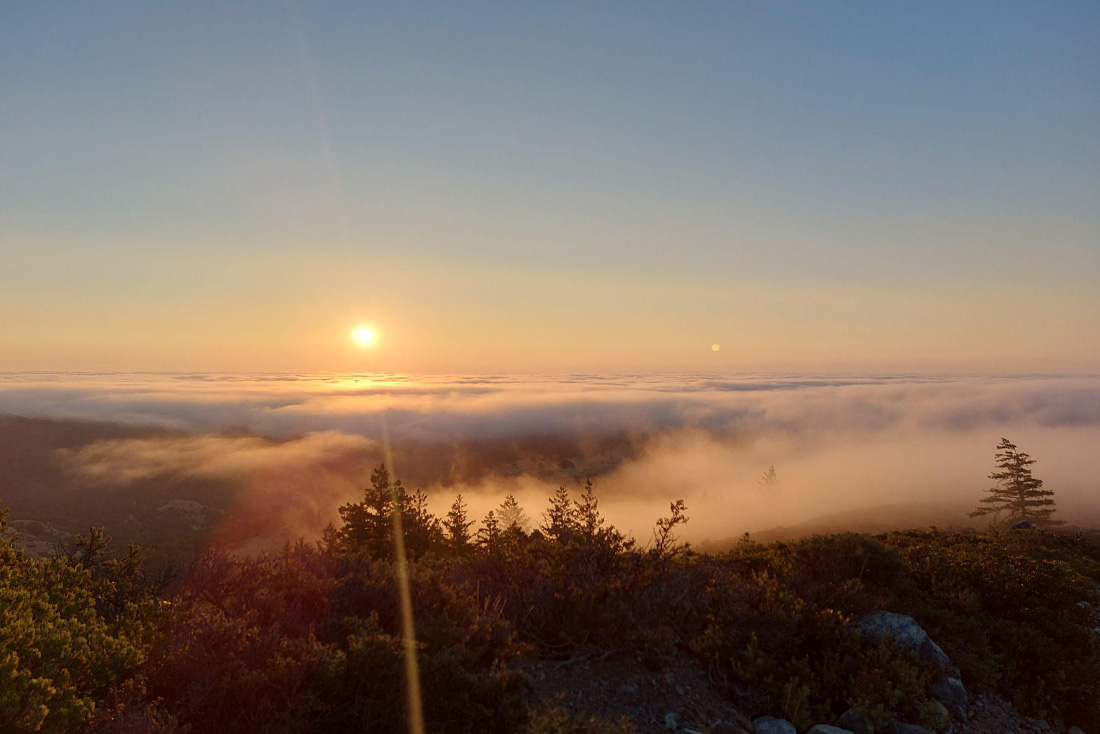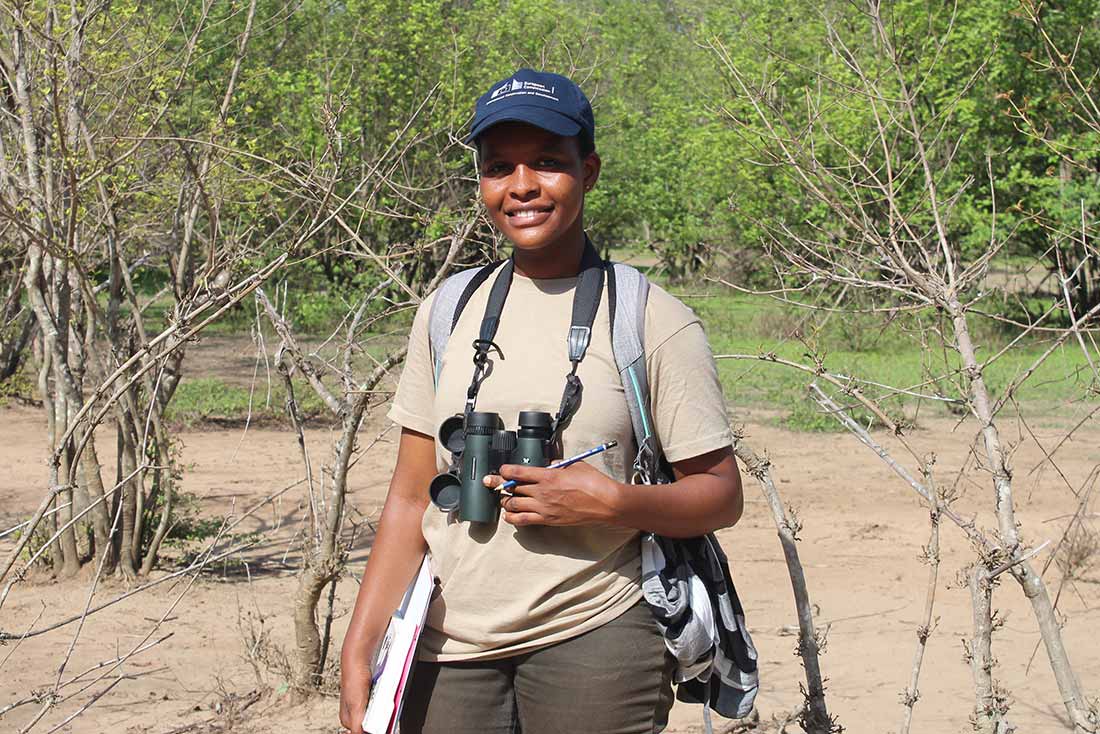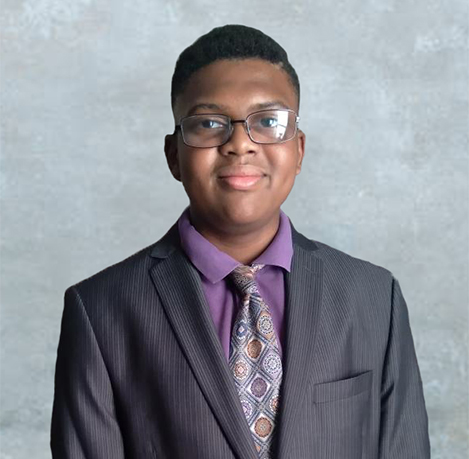My NxtGen grant project was to create a native plant garden for Freedom High School. The garden is a combined effort of me, The Center for Environmental and Natural Sciences Club, my teachers, Conservation Nation, and others that are a part of the Freedom High School family. To them, I give my thanks.
About the Garden
The new native plant garden at Freedom High School contains May apples, ostrich ferns, cinnamon ferns, coral honeysuckles, dormant bluebells, wooden indigos, and a few other flowering plants donated by friends, family, and people from the science branch of the school. The garden so far is a success. Most of the plants (like the honeysuckles and different types of ferns) maintain proper growth and stable health.
Project and Findings
Part of my project was to examine how native plants affect their environment. I conducted soil tests for pH, potassium, and phosphorus, and observed the area. Freedom High School provided liquid testing solutions for potassium and phosphorus tests. They also provided a rod that takes pH measurements directly from the ground.
As a result of this project, I learned that plants made changes to the test area’s soil composition. I tested the soil before and after planting the garden, and I learned that the plants increased the amount of phosphorus, reduced the amount of potassium, and changed the pH levels to more neutral levels. Removing the top inch and a half of topsoil and mulch also played a part in how the soil’s chemicals changed and how rainfall filtered through the area.
As the plants grew, different organisms including carpenter bees, worms, beetle larvae, and frogs were seen in the garden. We added QR tags to the plants, which allows students and visitors to learn about them.
Learning to Garden
During this project, I learned about gardening and timing. From January to May, the school’s greenhouse played a vital role in keeping the plants safe during the colder months. If building other types of native plants gardens like this, an area for early germination is preferred for the best plant health. The unusually cold spring caused early growth issues and required problem-solving to keep things afloat. I would have preferred to spend more of my time outside in the early stages in the garden, but I am proud of what we accomplished despite the constraints.
Learning From My Community
While creating this project, I was exposed to the broader points of view of others, adapting my ways of thinking about how native gardens can be useful for all people. For instance, during my time working in the garden I interacted with individuals that were just passing by. As brief as the interactions were, they gave me the opportunity to talk about my project and give insight to those that usually are not as interested in soil and gardening as I am. This small act allowed me to see how the connections that are made along the way are a part of the process of creating gardens like these. Expressing the goal in an active way is an important lesson I have learned. Now I see how the garden, even without me being there, will continue to grow and bring more life, education, problem-solving, and new connections to my community.
Tyler was a 2022 NxtGen grant winner and is a Youth Advisory Council member and Chrysalis Scholarship recipient. He recently began his first year in the accelerated NOVA Community College to George Mason University program and intends to study environmental sciences.











